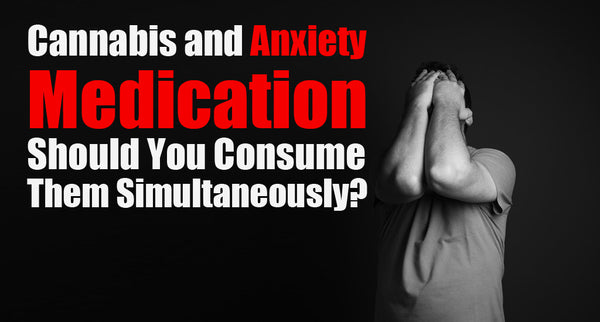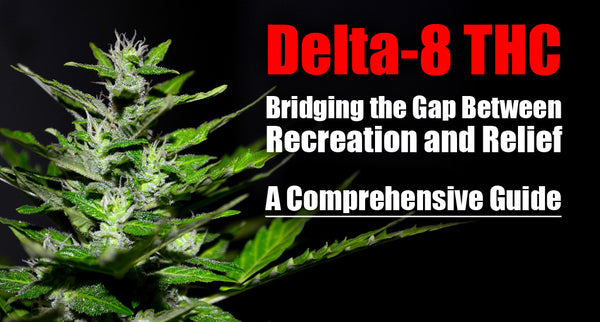
How To Dose & Ingest Cannabis Edibles Properly
Homemade cannabis edibles offer endless possibilities. Licensed brands innovate with a variety of infused options, from classic brownies to candies, drink powders, and gourmet meals.
DIY edibles allow for control over ingredients and consistent dosing. Making your own edibles ensures healthier choices and personalized experiences.
In this article, we explore infused edibles and provide guidance for controlling dosage in homemade creations.
Related article: Marijuana Edibles for the First Time, Dosage and What to Expect
First: Do the Math
Choosing the right strain is key for successful homemade edibles. The strain you select will determine the potency and effectiveness of your edibles. However, another crucial aspect of making edibles is math. While it may not be as enjoyable as savoring the final dish, it is an essential part of the process.
Let's say you start with a quarter ounce of cannabis, which is equivalent to 7 grams or 7,000mg of dry weight. For simplicity, let's assume the strain contains 10% THC. This means that 10% of the 7,000mg dry weight is 700mg of THC (or 100mg of THC per gram of dried flower) in this particular strain.
Now, suppose you use one gram of dried flower to make a stick of infused cannabutter. Following the previous example, you would know that your infused butter stick contains 100mg of THC. If you use half of the stick, it would be 50mg of THC in your dish. Using three-quarters of the stick would give you 75mg of THC, and so on.
Remember this number when dividing your edibles into portions. For instance, if you make 10 cookies using 50mg of butter, each cookie should have approximately 5mg of THC.
Taking the time to calculate these measurements before cooking is crucial in knowing the THC content per serving. If you prefer not to do the dosing yourself, you can always buy pre-made infused butter or oil from a local dispensary or use an edible calculator to double-check the numbers. Being thorough is always a good idea.
Second: Do The Prep
For DIY edibles, this preparation involves a step called decarboxylation or "decarbing" the weed. This process involves heating the cannabis to convert certain compounds into the desired form, particularly transforming THCA into the psychoactive THC. Without decarbing the cannabis, your edibles won't have the desired effect.
If you choose to buy pre-made cannabutter or cannabis cooking oil from a dispensary, you won't need to worry about decarbing. However, if you prefer to make your own infused butter or oil, we recommend doing it at least a day before cooking, as it can take some time (but it's worth it!). Some chefs may add extracts like kief for more potency, but this can make calculating THC per serving more challenging.
For beginners, it's best to stick with dried and cured cannabis flower for the most accurate doses and best results.
Related article: 1 Gram Cannabutter Recipe - How to Make Quality Marijuana Butter?
After making your cannabutter or oil, consider portioning any leftovers that you don't plan to use in this meal. This way, you'll have a head start for your next cooking session, saving you from doing extra math or prep work. Just remember to write down the potency of the remaining butter or oil and store it separately from non-infused products.
If you'd like to minimize the amount of preparation and effort involved, you can consider getting an infuser to simplify the process.
Third, find the right recipe
Apart from selecting the right strain, another important decision awaits: choosing your recipe. You can opt for the classic favorites like "pot brownies" or cookies, or you can go for a flavorful and satisfying savory dish that brings joy to you and your guests.
While there are no right or wrong choices, it may be helpful to find a recipe that requires smaller amounts of cannabutter or oil and is easier to infuse. Larger and more complex recipes can make the process more time-consuming and costly as you need more cannabis.
If your recipe calls for a significant amount of butter, a good idea is to use a combination of infused cannabutter and regular butter. This helps reduce concerns about dosing and prevents adding too much THC to your dish.
Fourth: Enjoy, but remember to take your time first
Even if you're skilled at making edibles, small mistakes in measuring or mixing can lead to edibles that are either less potent than desired or unexpectedly strong with THC. That's why, regardless of how careful you are with calculations and cooking, we advise you to be patient and give each dose a full 1-2 hours to take effect before considering more.
Don't let the potential risks discourage you from trying DIY edibles. There's nothing quite like creating your own infused treats. Just remember that it requires time and attention to ensure you and your guests have the best experience possible.
Finally, what can you do if you get 'too high'
If you find that your homemade edible turned out stronger than you expected and you feel "too high," don't worry. These effects usually don't last long, and there are steps you can take to "sober up" if the experience becomes overwhelming. In the future, try consuming a smaller dose when you're ready to enjoy edibles, whether they're homemade or purchased from a dispensary.
Related article: Marijuana Edibles for the First Time, Dosage and What to Expect
Please remember that the information in this article, including any images or charts, is for educational purposes only. It does not replace professional legal advice or medical advice, diagnosis, or treatment. If you have any concerns or questions about laws, regulations, or your health, it is always best to consult with an attorney, physician, or other licensed professional.



